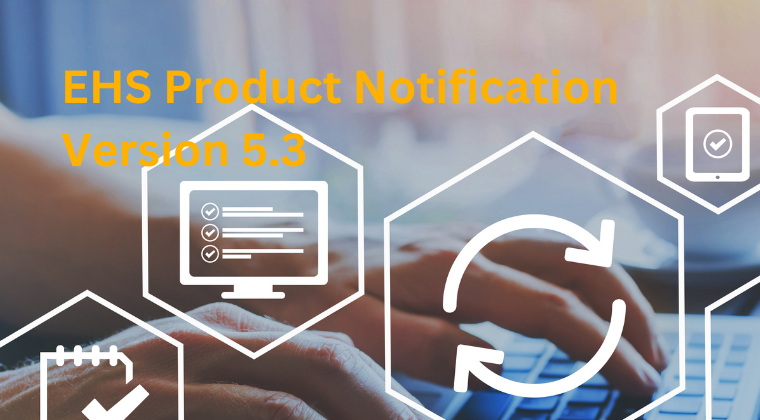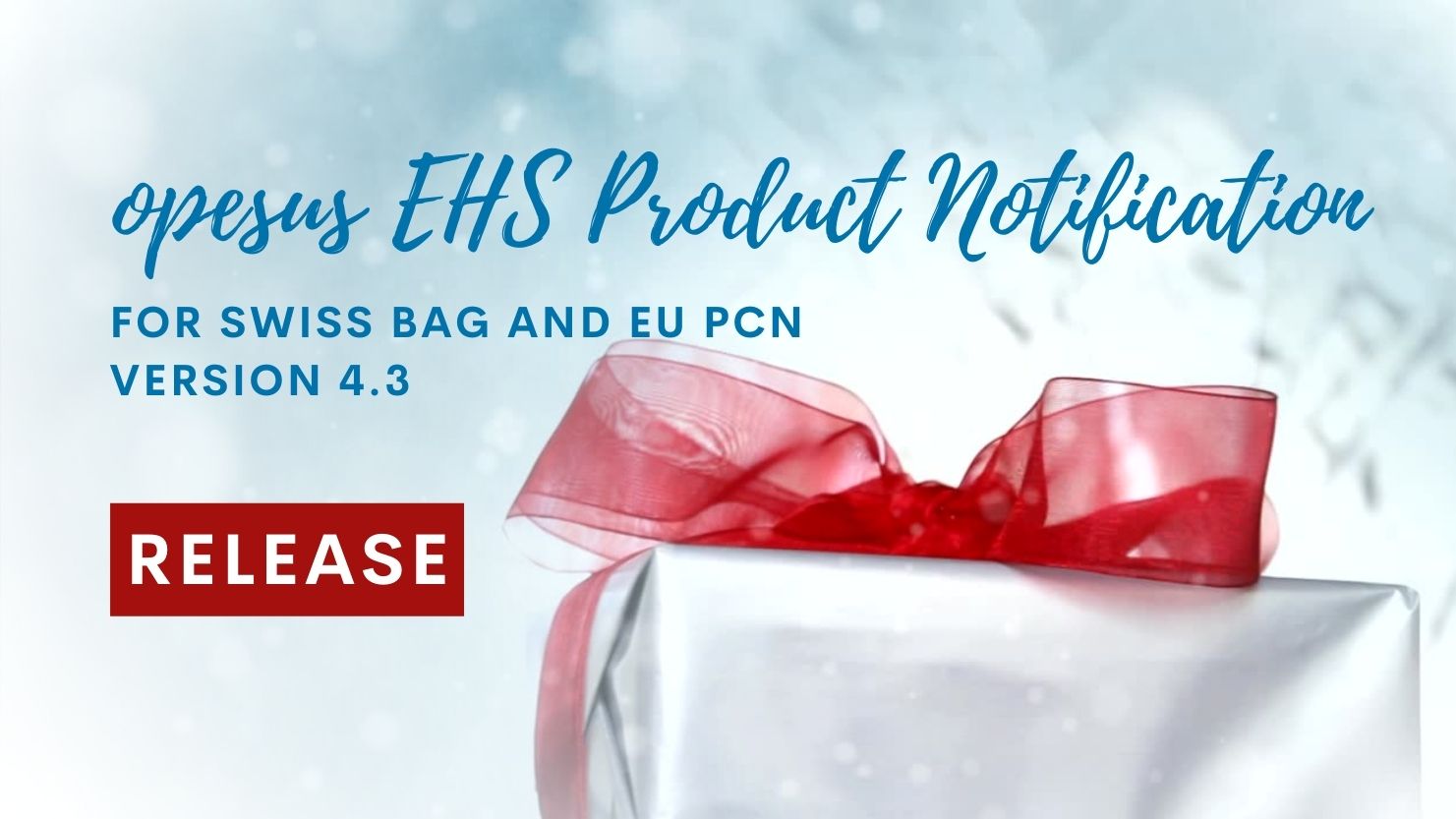Latest Release: opesus EPN for PCN - Version 4.1

From January 2021, importers and downstream users must submit notifications in the PCN format to the ECHA Submission Portal. The newest release of opesus EPN for poison center notifications is fully packed with new features! The latest release of opesus EPN supports the latest requirements of PCN format 3.0 and the PCN validation rules.
Overview of Products and UFIs
Quickly access all your notified products and UFIs. This latest release introduced a new transaction where you can view UFIs, related products, country of notification, and the validity of UFIs directly within your SAP system. This highly requested feature supports product stewards with getting the information they need about product notifications quickly.
New PCN Validation Rules
The latest update of opesus EPN also supports additional PCN validation rules. The latest validation rules are focused on the validity of the pH value and composition. Here are some of the new validation rules:
pH Value
- BR524 – Allowed pH values: -3=< pH =<15
- BR615 – Allowed pH qualifiers: one value cannot have qualifiers, the range cannot have ‘c.a.’
- QLT501 – Maximum pH value range width is 1 unit (when pH =<3 or >=10)
- QLT510 – Maximum pH value range width is 3 units (when pH 3 < pH <10)
Composition
- BR518 – Allowed concentration ranges for hazardous components of major concern must be in accordance with Annex VIII to the CLP Regulation, Table 1 of Part B.
- BR527 – For identifying the MiM, it is mandatory to provide either: a) UFI, b) Available component(s)
- BR556 – Total concentration of the mixture is too low (below 70 %). If the reported concentration is lower than 70 %, the dossier cannot be accepted.
- BR588 – Allowed concentration ranges for other hazardous components and components not classified as hazardous must be in accordance with Annex VIII to the CLP Regulation, Table 2 of Part B.
- BR591 – Units provided for concentrations must be consistent.
- BR593 – Total concentration of the mixture exceeds 100 %. If the reported concentration is higher than 105 %, the dossier cannot be accepted.
- BR607 – Report only components that are present in the mixture.
- BR625 – If ‘Concentration range’ is provided, then qualifiers must be included.
- QLT506 – Total concentration of the mixture is too low (70-90 %). If the reported concentration is lower than 90 %, the notifier is warned that the full composition is currently not included.
Interchangeable Component Groups (ICG)
The second amendment of CLP Annex VIII introduced the concept of interchangeable component groups (ICG) (not to be confused with the generic component identifier (GCI)). The ICG concept covers challenging situations where very similar components, purchased from different suppliers, are used in the same production line. Thus, it may be challenging to know which exact components are present in the composition at each point in time.
This means that grouping of components into an ICG is allowed where components may not be chemically identical but are sufficiently similar to be considered equivalent regarding their hazard and technical function.
How are you handling the latest update to the PCN format?
The features listed above are just some of the many new and improved features available with opesus EPN 4.1. Is preparing poison center notifications and handling UFIs taking too much of your time? Over 70 customers have chosen opesus EPN to support the complex requirements of CLP Annex VIII. Contact us to find out why!


